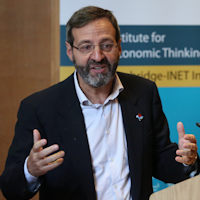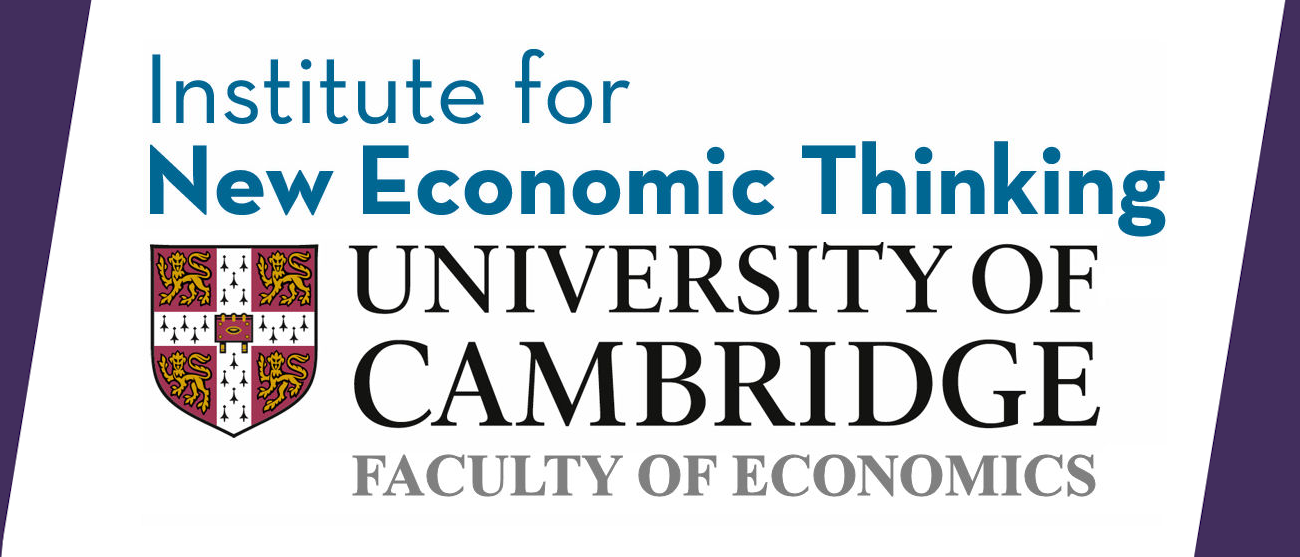Drastic public health measures such as social distancing or lockdowns can reduce the loss of human life by keeping the number of infected individuals from exceeding the capacity of the health care system. These measures are often criticized because of the social and economic costs they entail.
This paper by Martin Bodenstein (Federal Reserve Board), Giancarlo Corsetti (University of Cambridge) and Luca Guerrieri (Federal Reserve Board) questions this view by combining an epidemiological model, calibrated to capture the spread of the COVID-19 virus, with a multisector model, designed to capture key characteristics of the U.S. Input Output Tables. The two-sector model features a core sector that produces intermediate inputs not easily replaced by inputs from the other sector, subject to minimum-scale requirements. The paper shows that, by affecting workers in this core sector, the high peak of an infection not mitigated by social distancing may cause very large upfront economic costs in terms of output, consumption and investment. Social distancing measures can reduce these costs, especially if skewed towards non-core industries and occupations with tasks that can be performed from home, helping to smooth the surge in infections among workers in the core sector.
Comparing the Aggregate Economic Consequences of COVID-19 with and Without Social Distancing: A Two-Sector Approach
Note: This figure compares the economic consequences of no health policy intervention and of the social distancing policy. The health policy considered here locks down individuals in groups 1 and 2 who can continue working from home (15 and 40 percent, respectively) and are assumed to be equally productive at home. Individuals in Group 3, those who are not in the labor force, are locked down in the same proportion as for the overall population (about 30 percent). To avoid a resurgence of the disease, the lockdowns last 8 months.
The analysis in the paper raises at least two policy-relevant questions. The first question concerns whether differentiating public health restrictions by sector and occupational tasks could reduce the economic cost of social distancing measures. The second question is whether there are consequential trade-offs between the length and the coverage of public health measures within and across sectors, suggesting that smoothing the fall in economic activity requires pursuing a fine balance between avoiding supply shortages and allowing workers to acquire immunity. The model provides a framework to dig into the consequences of alternative policies.
Social Distancing and Supply Disruptions in a Pandemic, Martin Bodenstein, Giancarlo Corsetti and Luca Guerrieri, (Quantitative Economics, accepted)
Further to this paper, Prof. Corsetti has written an article for Reaction on "Letting Covid Run Riot Would Have Destroyed Britain’s Economy".
The authors have also written an article "Social Distancing and Supply Disruptions in a Pandemic" for VOXeu.
This research was featured in the following media outlets:
Corriere Della Sera (Italian)
Trends (Dutch)
Dr Luca Guerrieri discussed this paper at the Macroeconomic Modelling and Model Comparison (MMCN) webinar series.

About the authors
Dr Martin Bodenstein is an Economist at the Federal Reserve Board.
Professor Giancarlo Corsetti is Professor of Macroeconomics at the Faculty of Economics, University of Cambridge.
Dr Luca Guerrieri is an Economist at the Federal Reserve Board and a Cambridge-INET Visitor in 2019.









